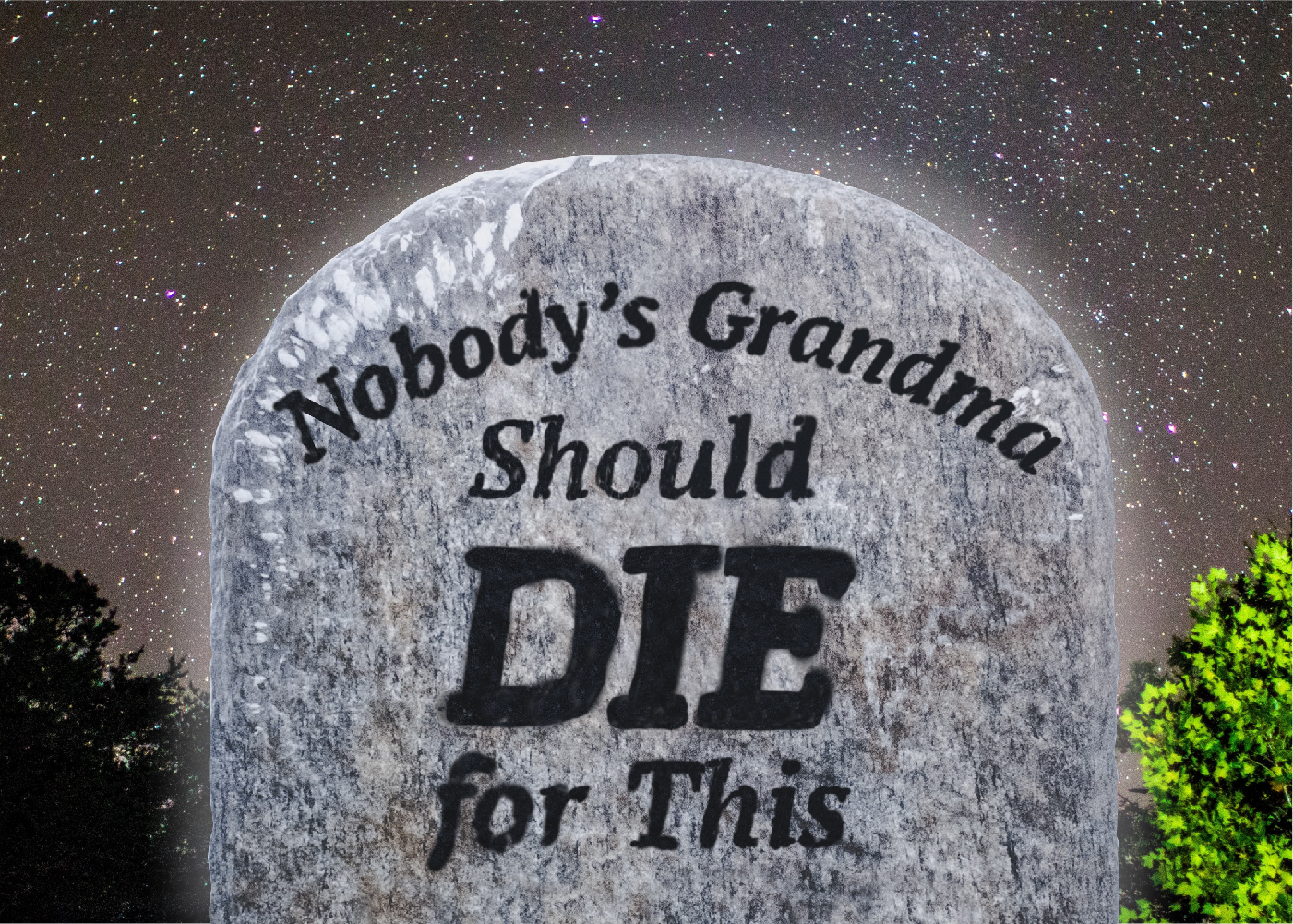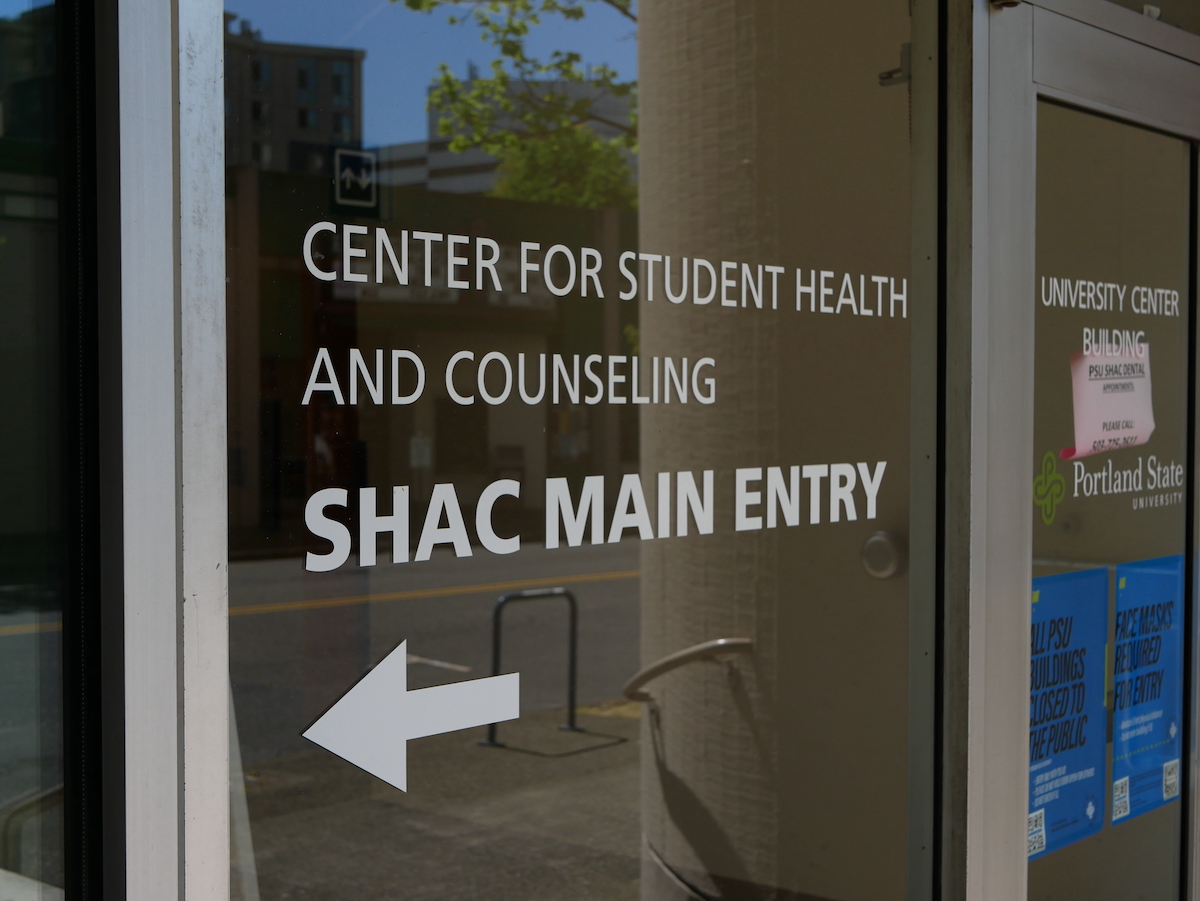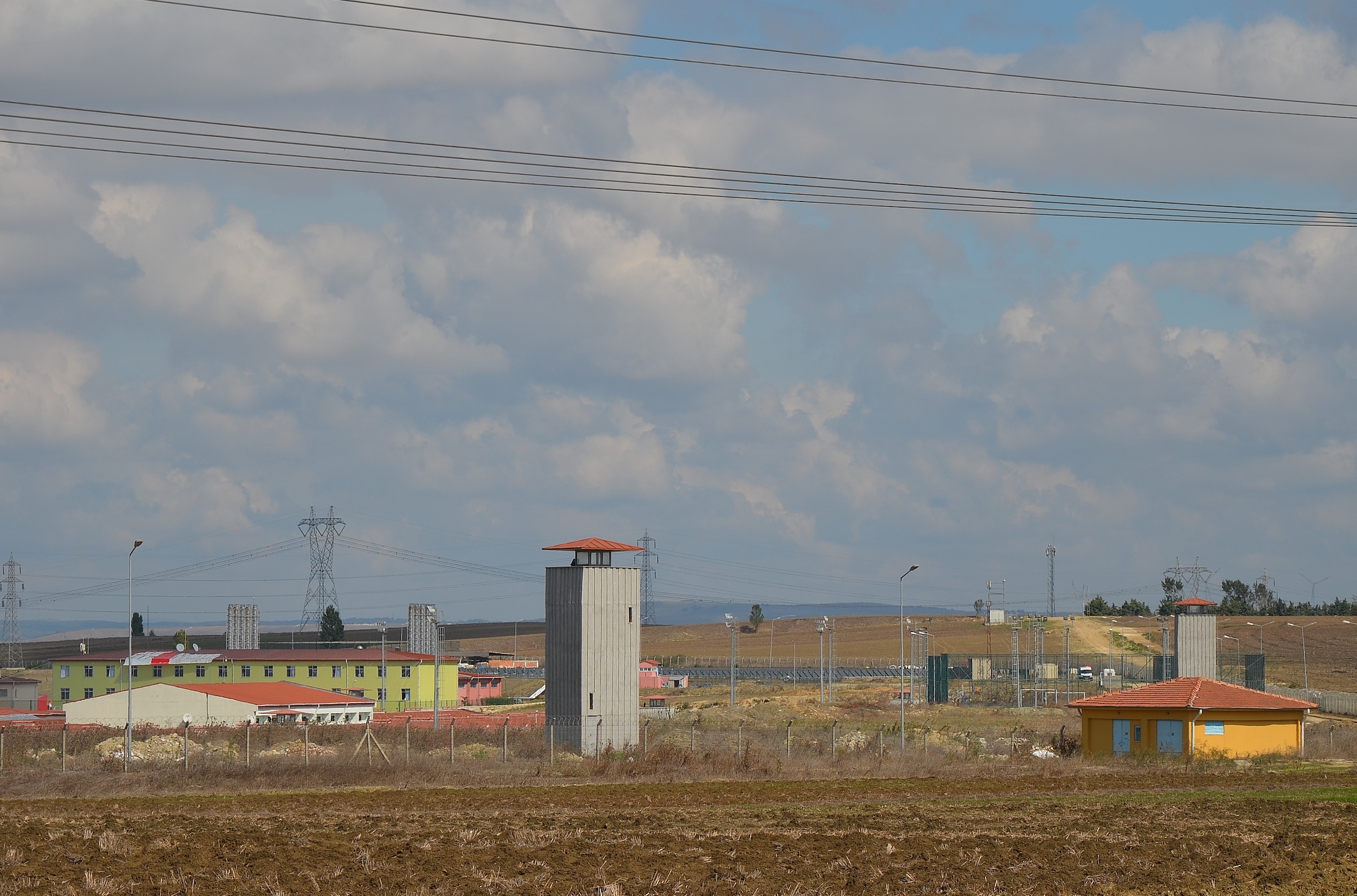Introduction
The 19 in COVID-19 is due to its discovery in 2019, but it was in 2020 that the virus became a pandemic, changing the world as we knew it.
On March 11, 2020, The World Health Organization (WHO) called the COVID-19 outbreak a pandemic for the first time. The same day, Portland State announced that Spring term classes would be held remotely.
After that day, nothing in life would look the same as before. Since the start of the pandemic, this is what has happened.
Winter 2020
The start of the pandemic was slow and distant. The first case of what would later become COVID-19 was found in the city of Wuhan, China, according to the World Health Organization (WHO). in December 2019. Throughout January 2020, the disease became an outbreak in China and slowly spread to other countries. By the month’s end, WHO declared the outbreak a “Public Health Emergency of International Concern.” By February 11, it was finally named by WHO: COVID-19.
The first case in the United States was found in Washington state, in a patient who recently traveled from Wuhan, on January 15. The first COVID-19 case in Oregon was found on February 19, according to the Oregon Health Authority, in Washington County. However, without a major effect on the general public’s lives, the pandemic was only quietly simmering in the media—until March 11, 2020, when WHO officially called COVID-19 a pandemic. The news exploded, while COVID-19 cases started rising exponentially.
The same day, Portland State President Stephen Percy announced classes would be held entirely online, at least for the beginning of spring term, to aid in the efforts of curbing the spread. By the end of Winter 2020, students had a brief sampling of remote classes with entirely remote finals, as the entire university scrambled to move to remote work wherever possible. With so much uncertainty, whether or not classes would continue remotely would be reassessed four weeks into the spring term.
Spring 2020
Remote learning lasted slightly longer than four weeks. One week after the initial announcement, PSU announced all of spring term would be held remotely.
After a week-long spring break, students returned to entirely changed classes—if they were able to return at all.
Oregon Governor Kate Brown’s first stay-at-home order swept the state, first issued on March 23, and any non-essential gatherings were prohibited, regardless of their size. At the end of the winter term, students were given the opportunity to cancel their housing contracts with full refunds, while other students left only for the spring break. With the stay at home order in effect, however, wherever students were when it was declared, they had to stay.
As part of the order, any business where social distancing was difficult or impossible was promptly prohibited until further notice, including restaurants, salons, gyms and theaters.
And as quickly as the pandemic started, the question rose of when it would end. Estimates were proposed—two weeks, until Easter, before fall—but in the end, no one knew.
With mass gatherings prohibited for the foreseeable future, PSU announced 2020 commencement ceremonies would be held online—with no opportunity for an in-person commencement in the future. The decision was immediately controversial, facing widespread critique from the graduating student body. Students questioned why the ceremony couldn’t, alternatively, be postponed to the fall, or to whenever it was safe to do so.
At the end of the term, PSU walked back on its insistence that no in person ceremony would be planned, and promised commencement would be held for the class of 2020 once public health guidance allowed for it.
The uncertainty surrounding the longevity of the pandemic made decision making for the future—fall term in particular—difficult. However, there was still one more term to go before fall: summer term. Only three weeks into the spring term, it was announced that summer 2020 would be held entirely online, while the world continued to focus on the COVID-19 pandemic.
Then George Floyd was murdered by Minneapolis police.
Summer 2020
Following the death of George Floyd at the hands of Minneapolis police on May 25, Black Lives Matter protests swept the nation. Up to 10,000 people marched through downtown Portland on May 31, according to some accounts, and for the next 100 days and beyond, those protests continued.
Over the first few weeks in June, calls for PSU to disarm its campus police force—an issue students and faculty had been advocating for since 2014, with even more force after campus police shot and killed Jason Washington, a Black man, in 2018—escalated once again. Multiple departments, faculty and students sent letters to Vanguard and the Board of Trustees demanding that PSU take action, and on June 12, hundreds of protesters gathered outside the Campus Public Safety Office.
On Aug. 13, the university announced that CPSO officers would begin conducting unarmed patrols in the fall. “Over the past few weeks, we have listened to many voices across our campus,” Percy stated in the email announcement. “The calls for change that we are hearing at PSU are ringing out across our nation. We must find a new way to protect the safety of our community, one that works to dismantle systemic racism and promotes the dignity of all who come to our urban campus.”
Throughout July and August, the protests continued, often under the national spotlight after the Trump administration sent Federal Officers into the city to guard the Mark O. Hatfield Courthouse. “To be clear: We neither seek nor need federal law enforcement assistance,” Percy stated in an email announcement to the campus community on July 22. “Portland did not seek this federal intervention and the result appears to be more violence, not less.”
Many PSU students and faculty participated in the protests as press, activists, medics and other roles. Some watched from a distance as they continued to shelter in place as COVID-19 continuously spread out of control.
The only thing that seemed to quell the veracity of the protests was the toxic smoke that filled the city after unprecedented wildfires began scorching the Willamette Valley on September 7.
Fall 2020
Fall term began while the skies were still tinged yellow with smoke. The University Place Hotel opened up free rooms to PSU students and families displaced by the fires, including some whose homes had burned down. “As hazardous air quality continues in the region, we urge everyone in the PSU community to stay indoors as much as possible,” stated a Sept. 11 message to the campus community.
In late September, after the fires died down, three new issues came into focus. On Sept. 23, the PSU Homelessness Research and Action Collaborative released their findings from a study which found that a significant number of PSU students and faculty were experiencing food and housing insecurity, especially among Black and indigenous community members. “We knew anecdotally that many members of our campus community struggled with stable housing and enough food to eat,” Percy said at the press conference, “but this survey shows that those problems are much more widespread and more challenging than we thought, perhaps exacerbated by the COVID-19 pandemic.”
In October, CPSO announced it would not be disarming campus security as early as the fall, and on Oct. 11, protesters vandalized the CPSO building.
Additionally, PSU’s financial difficulties caused by the pandemic began to come into clearer focus: “We’ve got to come up with alternative sources of revenue, and it’s got to be done sooner, not later,” said BOT chair Greg Hinkley at an October 5 meeting. “I say there’s a time right now that we’ve got to start doing something differently, or we’re going to be in a heap of trouble.”
In November, CPSO Chief Willie Halliburton began to outline when campus security might be able to begin patrolling unarmed. “This is groundbreaking work,” Halliburton said in a video posted on October 27. “I have been and will continue to be transparent about the process of transferring and transforming my agency into one that leaves firearms behind.”
The election loomed over the next few days. Ted Wheeler was reelected as Portland mayor. Psilocybin mushrooms and other drugs were decriminalized in Oregon. Eventually, on November 7, Joe Biden was elected president of the U.S.
Winter 2021
Like all holidays during a global pandemic, hosting a huge New Year’s celebration was impossible—or at least, extremely unsafe. However, January 1, 2021, wasn’t just celebrated as the start of a new year, but the end of a terrible, turbulent one. 2021 was heralded
as a new beginning. Vaccines were on the horizon, and after a year universally acknowledged as horrible, many asked the forbidden question: How could it get any worse?
Not a week later, rioters stormed the U.S. Capitol while Congress certified the 2020 presidential election results, in a last ditch bid to overturn the results and install Donald Trump as president instead. The siege resulted in five deaths—four rioters, and one police officer.
There’s always 2022. Hopefully.
While the country continued to grapple with the pandemic, hope came in the form of vaccines from companies Pfizer and Moderna. In December, Oregon started distributing vaccines to frontline healthcare workers, and Governor Kate Brown made the controversial decision to offer the next wave of vaccines to K-12 educators, instead of the elderly. Vaccines for teachers and other educators started January 25, while vaccines for adults 80 years and older started two weeks later, and a full eligibility timeline soon followed.
Meanwhile, PSU began to grapple with its budget, facing shortfalls that were only exacerbated by the pandemic. A budget town hall, hosted by Percy and other university administration, addressed declining enrollment rates, and major losses in auxiliary revenue and tuition dollars.
The town hall was the first step in a long term plan to fix PSU’s finances, for the future—but even beyond the budget, the future remains uncertain.
There is more coming soon. Brown’s vaccine timeline would have all adults eligible to receive the vaccine by July, with Biden’s plan slated to make them available earlier. PSU is planning on returning to in person classes in the fall, provided that vaccines stop the spread of COVID-19.
However, this is still not the end of the pandemic—this has only been the year in review. If 2020 has taught us anything, it’s this: If there’s one thing we can know, it’s that we have no way of knowing exactly what will happen next.
In a press conference with PSU student media on March 12, a year since the pandemic changed everything, Percy shared his thoughts about 2020 and beyond.
“I think people are exhausted,” he said. “I think people are emotionally just exhausted in every way. There were so many uncertainties in 2020, some more severe than others. But all of us feel that our lives have been disrupted, our patterns where they used to be haven’t been there, social interactions have largely been changed in very dramatic ways. For a year, our lives have been disrupted.”
“I’m hopeful that people can get back and resume their activities with energy and their enjoyment of other people,” he continued, “learning together, being together, enjoying campus life, but remembering that what came out of the experience taught us some things we needed to know about, and it’s going to take some time for us to catch our breath and to look at those things, because it’s pretty hard to look at it all right now.”
“All of your lives, you’re going to remember this period.”












